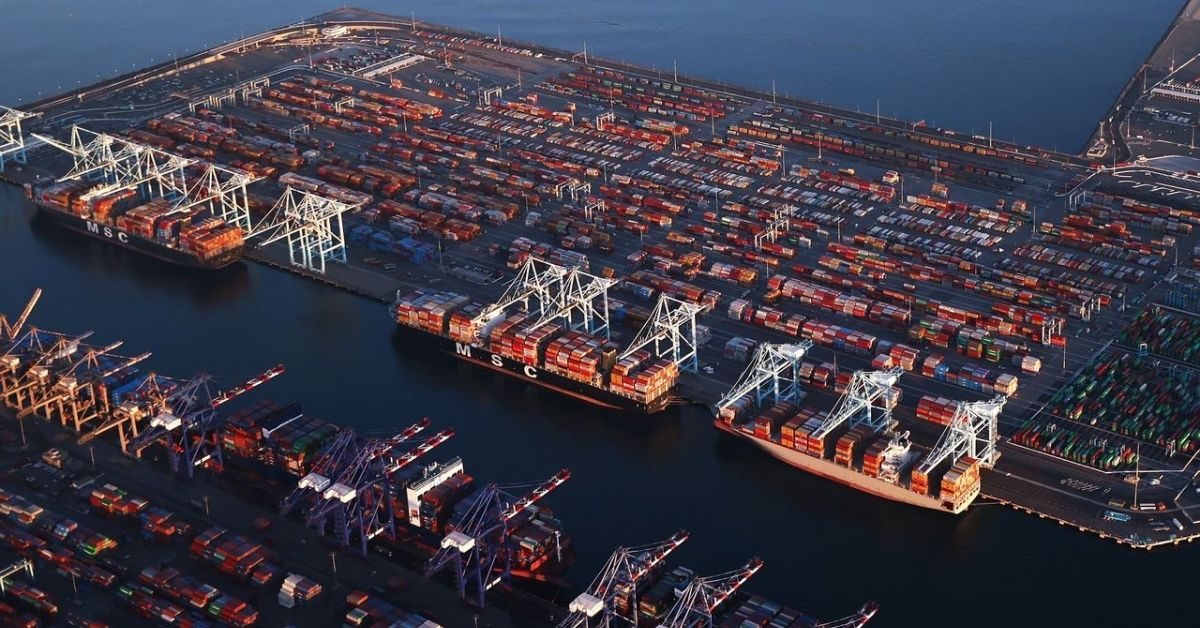Brace yourself for some bad news: Port congestion is expected to last “deep into next year,” according to The Wall Street Journal. Despite President Joe Biden’s announced intention to keep the ports open around the clock, the situation has not eased. As Mario Cordero of the Port of Long Beach, California, told the Journal: “I don’t see substantial mitigation with regard to the congestion that the major container ports are experiencing.”
Goldman Sachs economist Ronnie Walker said in a client note recently: “Backlogs and elevated shipping costs are likely to persist at least through the middle of next year because no immediate solution for the underlying supply demand imbalance at U.S. ports is available.”
A little history
The current problems don’t come as a surprise to some observers. A year ago, the Harvard Business Review (HBR) revealed weaknesses in the supply chain. But the world went head-on into the crisis anyway. The publication predicted that would happen as well.
What’s behind all this?
The most significant finding from last year’s HBR analysis was that COVID-19 — and the temporary trade restrictions that resulted — shone a light on a major weakness in the supply chain: namely, a dependence on China. The solution, according to the analysis, is for countries to increase domestic production so they can be less reliant on riskier, overseas sources.
Another reason for the supply bottleneck is the change in shopping habits. Stuck at home because of Covid-related lockdowns, consumers weren’t able to spend their money at local businesses, restaurants, and travel. So they started shopping online — often for work-from-home and home-improvement supplies. And they continue to do so even as economies begin to open up.
And now, as they witness the supply-chain problems, consumers have been stocking up on everyday goods as well, which only exacerbates the problem.
The port story
By now, most people have heard of the bottlenecks at ports — a maddening scene. There’s a lot more to the problem, however, than what you see at the ports. We see ships filled with goods stuck waiting for a berth; some await a truck or rail train to take the cargo to another terminal, distribution center, or warehouse.
But what we often don’t see are that some of those destination facilities are already full and can’t take on more cargo, leading to more delays. When goods are finally unloaded and stored, there are yet more delays to getting them to their destinations because of a lack of truck drivers.
To top it all off, there’s also a worldwide shortage of shipping containers, and the costs of shipping goods are out of control. Shipping costs from China to the U.S. are up 500% from last year.
The worst port congestion is happening in California at the ports of Long Beach and Los Angeles. An unprecedented number of ships are anchored and waiting their turn — 77 or more on any given day. This compares with a normal number of just one ship at anchor at those ports at any given time.
An answer: New technologies
There are some solutions, if not immediate ones. New technologies can make it possible to produce goods here at home. For example, robots can prepare products for shipping and inspect systems for quality control. The initial investment in robotic technology could pay for itself in a short time. 3D printing is another area that can aid production at the local level and one that can greatly reduce the cost of producing a wide array of items.
Investing in new technologies might well be the way to go in the long run to ease the port congestion problem.
Source : Hellenic Shipping News








